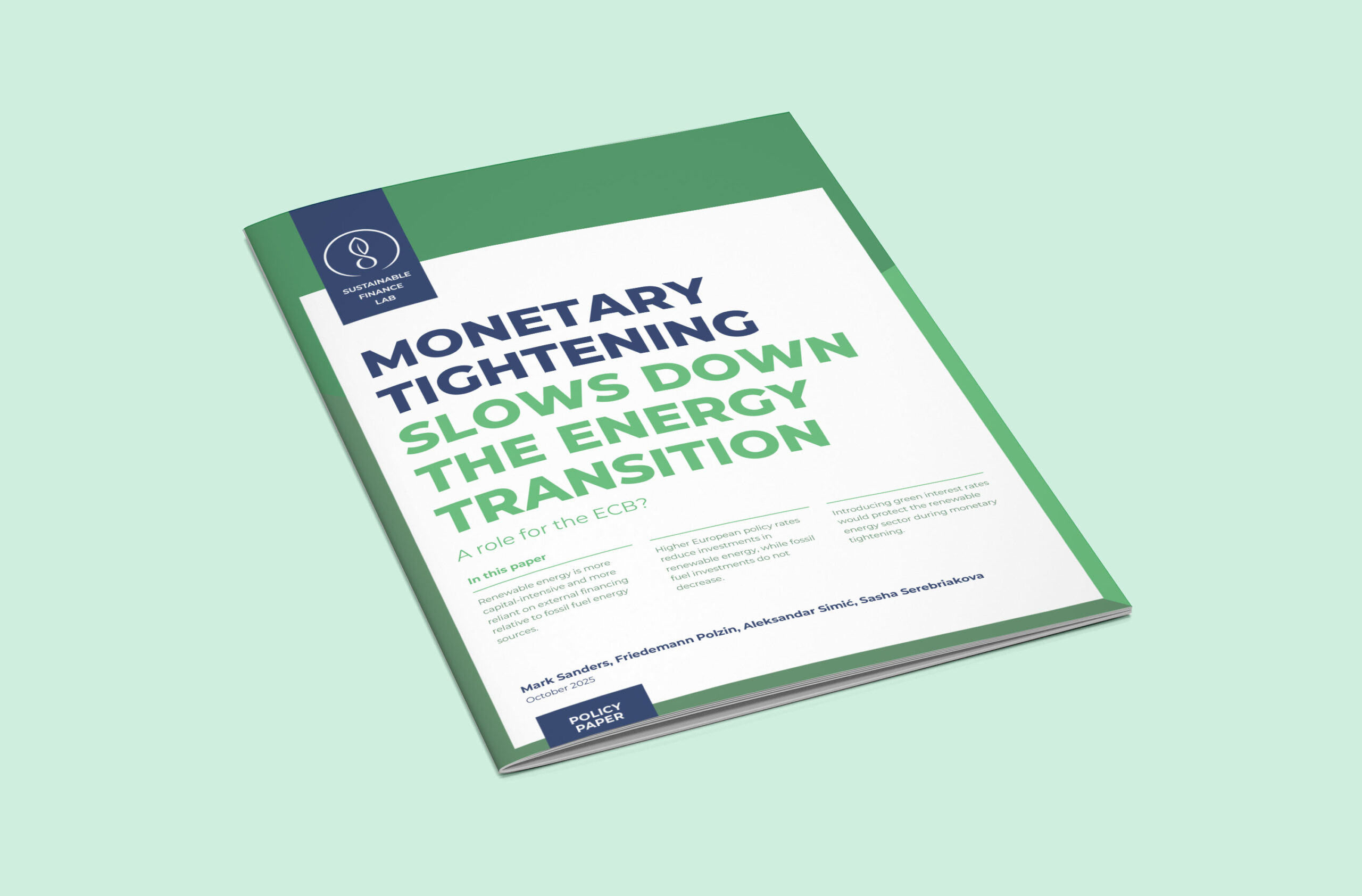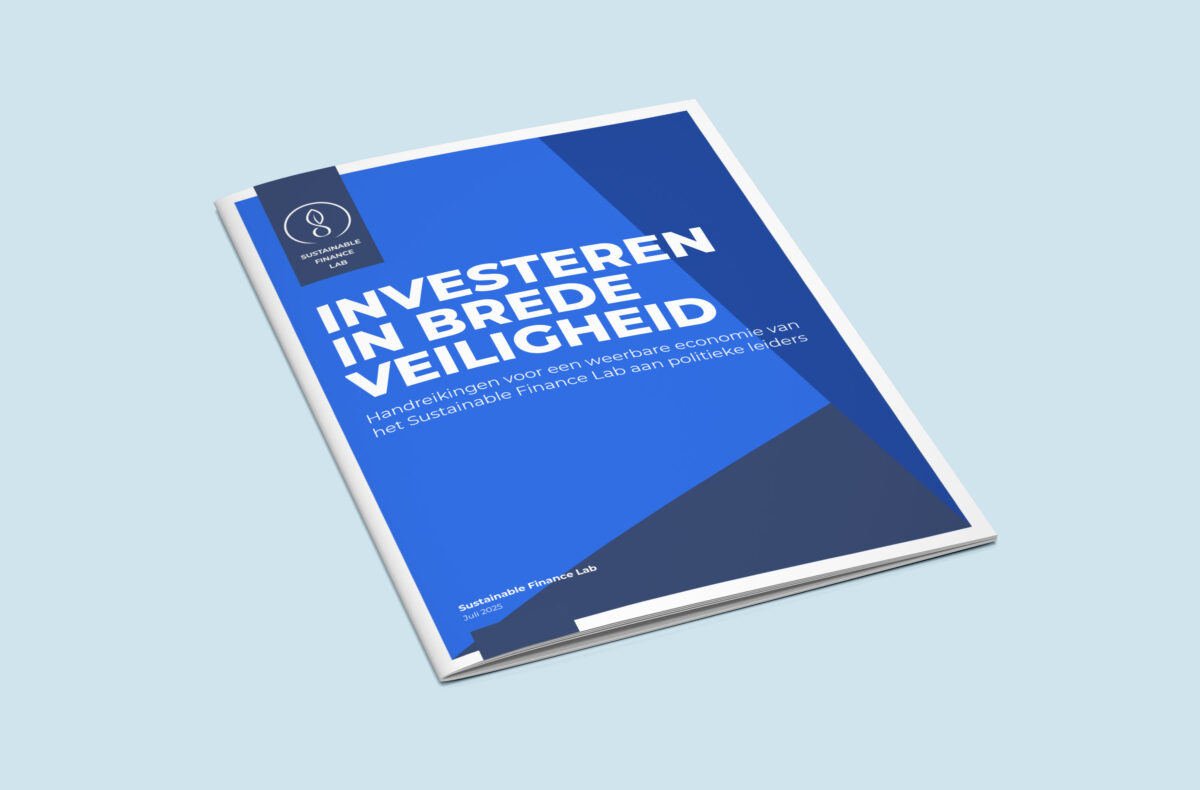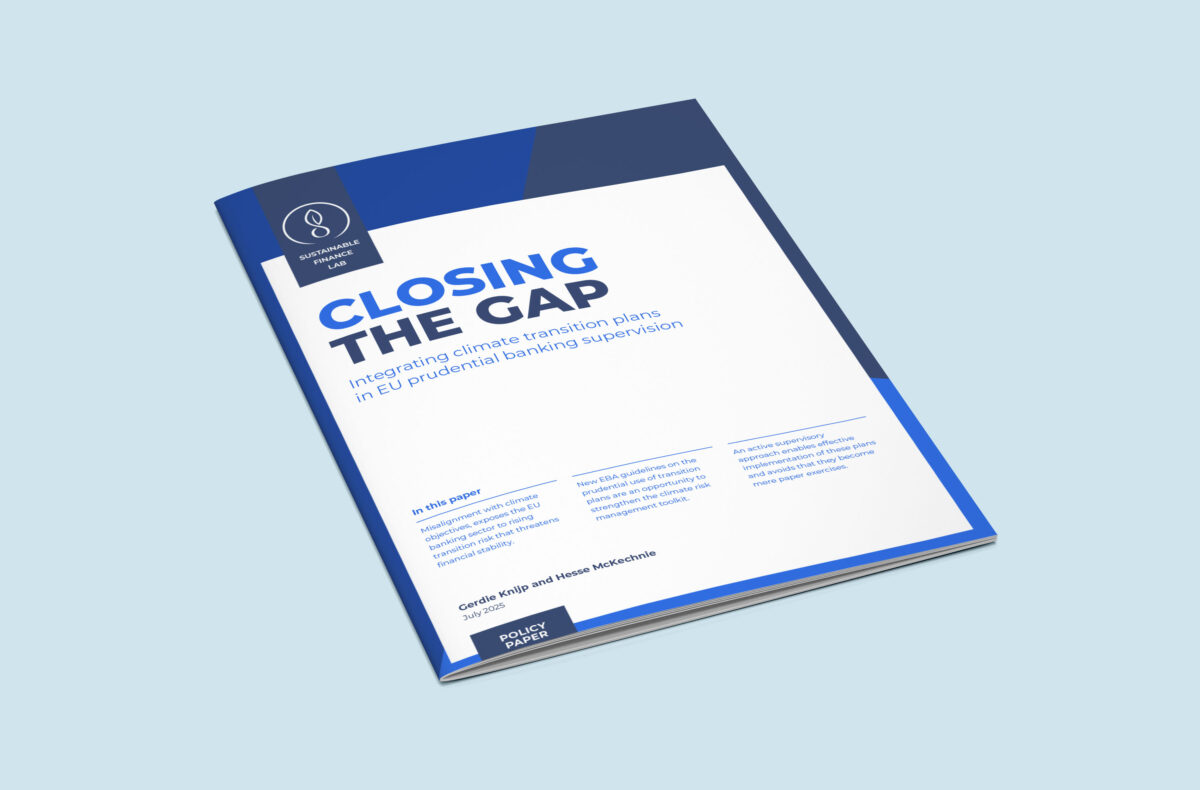A role for the ECB?
The European Central Bank started increasing interest rates in 2022. Empirical findings show that this increase did not impact all sectors in the economy equally. Interest rate rise impacts companies in the renewables sectors (solar PV, wind, hydro, and biofuels), especially the young ones, more than fossil fuel companies. Renewables rely on up-front costs more than fossil fuels, which interest rate hike impacts proportionally more.
This effect puts the ECB in a difficult position. Its primary mandate is to keep inflation low and stable, which justified their decision to increase the rates. At the same time, the ECB’s secondary mandate is to support the policies of the European Union. At the time of the interest rate increase, the EU has set a clear goal of addressing climate change. The consequences of ECB’s policies are not aligned with this goal.
There are several proposals on how to support green funding in Europe. One is the development of the Capital Markets Union and channeling more of the Europeans’ savings towards green investments. Another is diverting more of the the European Investment Bank funds to green projects. Neither of these could develop quickly enough and to the extent necessary to support Europe’s goals.
The paper proposes an alternative: a green interest rate. This rate would be set by the ECB at several percentage points lower that the its main rate but dedicated specifically to green projects. This way the ECB could continue conducting its monetary policy unchanged, but without negatively impacting the renewables sectors. In addition, other findings show that renewables buildout has a disinflationary effect. The green interest rate would then help the ECB achieve both of its mandates: price stability and supporting the policies of the Union.
You can download the full publication here.




